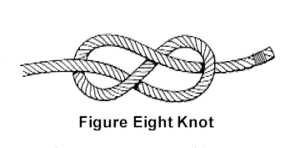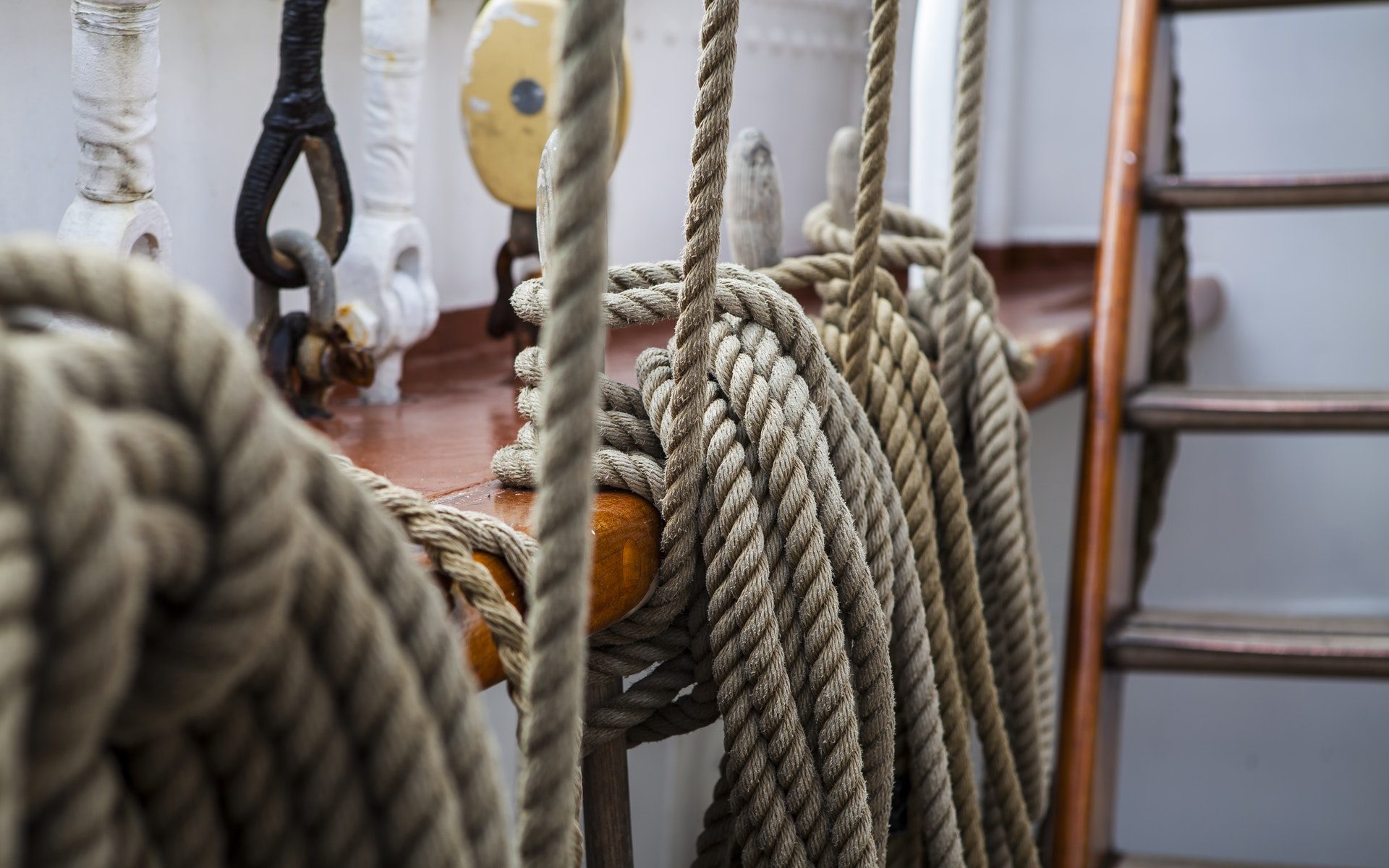The Basics of Sailing Knots:
If you are serious about the idea of getting out on the water with sailing. You’ll need to consider learning some of the basic sailing knots required in order to secure cargo and equipment. Knowing how to tie up a vessel, how to fix the sails, how to tie on buoys to protect the boat, and even how to tie down your anchor to properly secure the vessel is important.
Learning the basics of boat knots can be a huge help if you plan on taking sailing lessons. They are also useful if you are just helping out on a boat for a day. The best part is you can easily practice these marine knots with just one strand of rope at home. Learning some of the sailor knots can ensure that you are better prepared for a trip on the water.
How boat knots for sailboats are different from others :
Sailing knots differ from other types of nautical knots. Tying speedboats for example generally start with a bow line and stern line. Other lines secure by two or more fender buoys and a spring line that can stabilize the boat and provide extra protection.
Larger sailboats often require two spring lines because of the extra stability that is needed with the mast. Spring lines are also tied up towards the midship cleat area and forward and back along the dock. Using cleat hitch is to secure these lines is essential. It is needed in both but the extra stability lines and this often require more labor-intensive knotting. The fender buoys also generally need to be a lot larger on sailboats. This is due to the hull design on many types of sailboats. This often leads to a different type of knot being used just to secure the fender buoys.
The Importance of learning your sailing knots:
On any sailboat, though one of the most important knots to focus on is the bowline knot. Generally, this is a fixed noose knot that continues to get tighter as the boat moves back and forth. Ideally, the end of the knot cannot slip out or run. I noose knot is usually one of the best types for a bowline and checking this not on a sailboat is essential.
The fender buoy Knots on a sailboat also have to be something that is well secured especially when leaving a sailboat overnight. Using a stopper knot here is not unheard of especially for a larger sailboat when the fender buoys are also fairly large. Stopper knots are known for being particularly strong in their also quite easy to tie and untie when needed for simple departure yet a very secure knot.
Stern lines in powerboats are generally one of the larger lines to concentrate on. These lines prevent the boat from drifting away from the area it is docked. Most of the weight in a powerboat sits in the back, this is a knot that has to be tied extremely tightly. In most cases, powerboat users have access to dock cleats for securing their boat and this ensures that a cleat hitch knot can offer the best way to secure their stern line.
The six essential boating knots and their uses:
Bowline Knot:
The bowline knot is one that often resembles the look of a simple noose knot. Bowline knots will make a secure loop on the end of a rope that can then be used on a ring area or post. When the knot is wrapped around an object and then constricted it doesn’t slip or bind to the area. Bowline Knots can control a boat’s motion from side to side and they are perfect for guiding a boat throughout the dock too. This sailing knot is one of the essential focuses for a sailboat leading from the front.
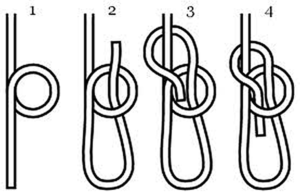
Cleat Hitch:
If a dock has cleats, a cleat hitch knot remains one of the quickest and easiest methods to secure it to the dock. By using dock cleats you just need to pull the rope around the cleat horns, form a loop and slip it under the last horn and the knot is completed. In a way, this hitch knot almost resembles the look of a necktie wrapped around the cleat system on the dock. It’s very secure and it can be unwrapped in just a matter of seconds for quick departure. Many powerboat owners prefer this knot as their slips are often outfitted with these cleats. It is perfect for stern lines.
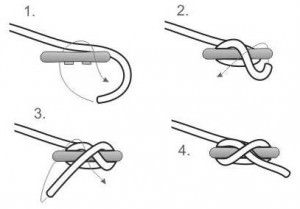
Sheet Bend:
Commonly referred to as the weaver’s knot. This is usually the knot you want to use when securing two lines together. Start by passing one rope through and behind the other. Finish the knot by passing the starting rope back through itself. The sheet bend can be especially useful when repairing sails on a boat, extending anchor lines and more.
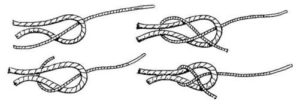
Square knot:
Square knots are otherwise known as brief knots and this is usually included in sailing knots for some noncritical items. Sailors have used this not for many years for tying items to the ship and for securing items on board. A square knot is not something that is recommended for securing a boat to a dock or for joining ropes together but it is perfect as a quick and easy to tie not that can secure an item while still making it very accessible. In sailing this could be the best way to tie a sail cover over a sail and more.
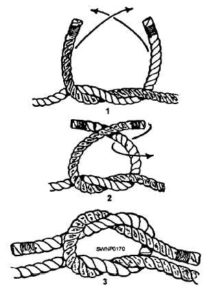
Truckers Knot:
The truckers knot is a knot that has a great value for securing items and for holding sails on a sailboat. Commonly used by truckers to secure tarps on loads of goods to protect them from the elements. This Knot can be used by sailors to ensure sure that items on deck stay secure.
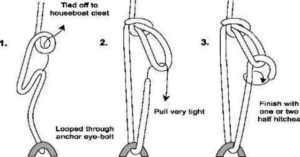
Figure eight:
This knot offers reliable strength. Commonly used in climbing its sturdy ring at the end of the rope can be used for securing harnesses. An essential knot to learn if you plan on climbing a sailing mast to secure your sail or perform repairs. A figure 8 knot is useful for preventing a line from sliding out of sight. The figure 8 knot can be undone easily but is highly stable until pulled apart.
